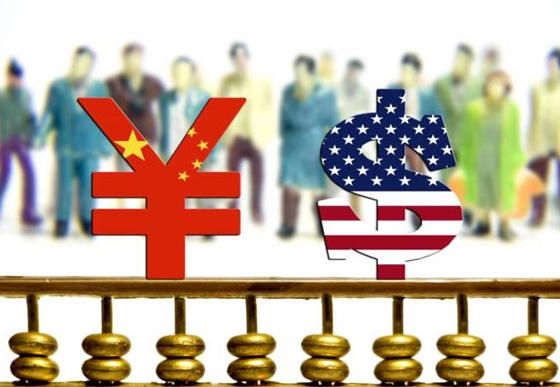In the HBO movie “Too Big to Fail” former U.S. Treasury Secretary Hank Paulson travels to China to attend the opening of the Beijing Olympics on August 8, 2008, just as the bursting of the mortgage bubble gathered steam in the United States. Over dinner, a Chinese official leans over to tell Paulson that the Russians had approached them to discuss dumping their investments in Fannie Mae and Freddie Mac in concert to cripple the American economy. Somewhat startled, Paulson asks whether the Chinese had accepted the Russian offer. The Chinese official replies that they had “declined, respectfully.”

In a nutshell this captures the ongoing dynamics among the three major geopolitical powers of our age, the United States, Russia, and China. After the meeting between U.S. President Donald Trump and Chinese President Xi Jinping at Mar-a-Lago in early April, the worst fears for a downward spiral in U.S.-China relations subsided. The two Presidents, despite their differences, were able to establish a working relationship and establish crucial lines of communication, especially on North Korea.
On the economic front, the threats of China being named a currency manipulator and slapped with high tariffs were greatly diminished as President Trump implicitly offered a grand economic bargain to China as long as it reigned in Pyongyang’s behavior. At the same time, the atmospherics of U.S.-Russia relations went from bad to worse. As Russia dug in its heels to support Syrian President Bashar al-Assad after an alleged chemical weapons attack on civilians, both sides seemed to concur that relations were at their worst ever, even surpassing the mistrust of the Cold War.
Why has there been such a tidal change in the U.S.-Russia-China strategic triangle? Trump’s campaign rhetoric clearly indicated the opposite. He bashed China on trade and its geopolitical aspirations, while reminding his audiences again and again that there was no reason the United States and Russia could not get along.
The reason is simple: the United States and China are deeply enmeshed over a broad spectrum of politico-economic relations. Russia, on the other hand, is a straight forward strategic competitor and, within the international economic order, by and large a natural resource exporter. It does not have as much stake as China in the U.S.-led international order, especially its liberal economic foundation.
Put differently, for Russia, an American economic collapse could be a potential opportunity to carve out a greater sphere of influence. For China, it would be catastrophic, undermining its own economic well-being and threatening the Chinese Communist Party’s hold on power. The deep enmeshment of the American and Chinese economies means the two nations have to, for better or worse, get along.
This is not to dispute the grave differences and challenges facing both countries. Just as Russia, China is attempting to carve out a geopolitical sphere of influence in which it has veto power over all major decisions by other actors. And it practices a form of capitalism, Sino-capitalism, which differs in terms of economic management from the liberal ideal espoused by the United States.
However, it is exactly this form of capitalism that binds the two powers’ economies so closely together. To view China’s economy as dominated by the state misses the bigger picture. Sino-capitalism incorporates a unique juxtaposition of state-coordination top-down with flexible network capitalism bottom-up. China thus incorporates a highly entrepreneurial private capitalist element that is globally integrated. This includes domestic Chinese firms, such as Alibaba and Geely, a massive presence of Overseas Chinese corporations, such as Foxconn, and the heavy involvement of the vast bulk of large American corporations, ranging from Walmart to General Electric and Apple.
This might be termed a marriage of convenience, but it runs so deep that a divorce would create global chaos on a scale not seen since the 1930s. It is therefore heartening that both sides seem to be moving closer together. The Trump-Xi summit laid the groundwork, with both sides willing to give in to gain.
Already a new agenda is emerging that ties geopolitical cooperation to deepening economic relations. China, for its part, has already signaled openness to address U.S. economic concerns with the large trade deficit and American job losses, proposing some market opening measures. As relations improve, perhaps even the stalled negotiations over a Bilateral Investment Treaty (BIT) could restart. Such a BIT could strengthen relations and address several of the fundamental economic concerns bedeviling both sides.
Over the years ahead, China and the United States will continue to face a severe array of challenges. Many historical instances highlight how the rivalry between a rising and ruling power tends to end violently. These inherent structural stresses are likely to make the deep integration of Sino-capitalism with American capitalism a highly strained marriage at best. But this financial-economic integration also runs deeper than between any rising and established power in history. It could allow both Trump and Xi to navigate treacherous shoals successfully. So far, the signs are giving rise to some cautious optimism.




